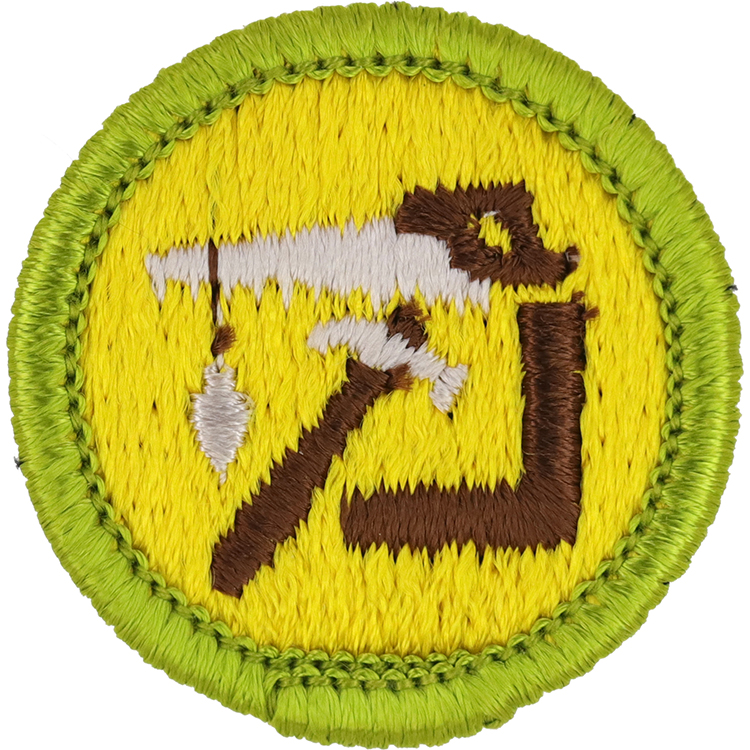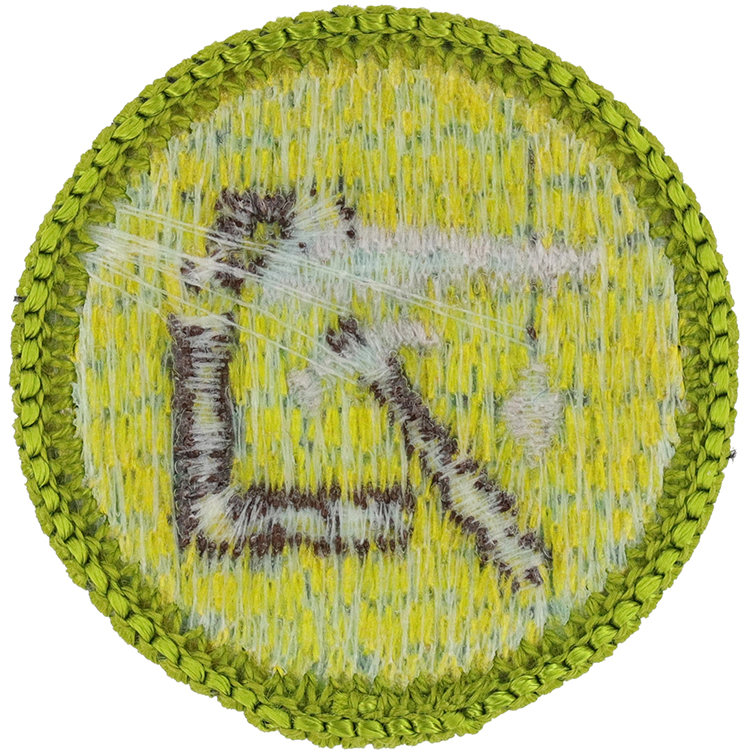Requirements June 1972 until January 1975
1. Do the following:
(a) Describe how timber is grown, harvested, and milled. Tell how lumber is cured, seasoned, graded, and sized.
(b) Collect and label sample blocks of six kinds of wood useful in woodworking. Describe the chief qualities of each. Give the best uses of each.
2. Do the following:
(a) Show proper care and use of all working tools and equipment which you own or use at home or school.
(b) Sharpen correctly the cutting edges of two tools.
3. Make something useful of wood. Use a saw, plane, hammer, and brace and bit to make it. Cut parts from lumber which you have measured and squared from working drawings.
4. Do the following:
(a) Make a working drawing of a carpentry project. List the material needed.
(b) Make it. Report on time spent and cost of things used.
5. Do any TWO of the following projects:
(a) Make working drawings of some things needing--(1) Beveled or rounded edges or curved or incised cutting. (2) Miter, dowel, or mortise and tenon joints. Make it.
(b) Make something for which you have to turn duplicate parts on a lathe.
(c) Make cabinet, box, or something else with a door or lid fastened with inset hinges.
(d) Help make and repair wooden toys for needy children; or help carry out a carpentry service project.
(e) Make a scale model of a house or barn.
(f) Talk with a cabinetmaker or carpenter. Find out the job opportunities and conditions, needed training, apprenticeship, work hours, pay rates, and union organization for woodworking craftsmen where you live.
Requirements January 1975 until January 2004
1. Do the following:
(a) Describe how timber is grown, harvested, and milled. Tell how lumber is cured, seasoned, graded, and sized.
(b) Collect and label sample blocks of six kinds of wood useful in woodworking. Describe the chief qualities of each. Give the best uses of each.
2. Do the following:
(a) Show proper care and use of all working tools and equipment which you own or use at home or school.
(b) Sharpen correctly the cutting edges of two tools.
3. Make something useful of wood. Use a saw, plane, hammer, and brace and bit to make it. Cut parts from lumber which you have measured and squared from working drawings.
4. Do the following:
(a) Make a working drawing of a carpentry project. List the material needed.
(b) Make it. Report on time spent and cost of things used.
5. Do any TWO of the following projects:
(a) Make working drawings of some things needing--(1) Beveled or rounded edges or curved or incised cuttings. (2) Miter, dowel, or mortise and tenon joints. Make it.
(b) Make something for which you have to turn duplicate parts on a lathe.
(c) Make cabinet, box, or something else with a door or lid fastened with inset hinges.
(d) Help make and repair wooden toys for needy children; or help carry out a carpentry service project.
(e) Make a scale model of a house or barn.
(f) Talk with a cabinetmaker or carpenter. Find out the job opportunities and conditions, needed training, apprenticeship, work hours, pay rates, and union organization for woodworking craftsmen where you live.





